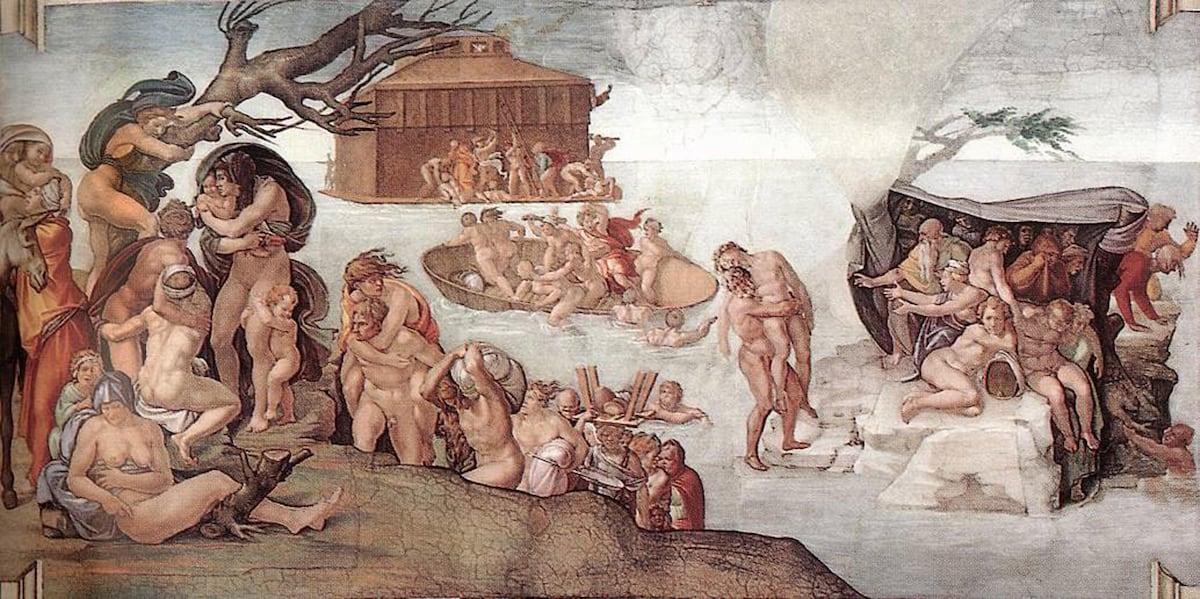
Michelangelo’s secret ‘code’: Did the master conceal a medical treatise in his artworks?
To achieve the level of anatomical perfection that Michelangelo Buonarroti achieved in his works, such as the frescoes in the Sistine Chapel, great artistic talent is required. But even this is not enough if it is not supported by a deep knowledge of anatomy. And in addition to using models, which is common for artists, Michelangelo had another, more unusual source of anatomical information: his dissections of corpses. Although he did not publish the anatomy treatise that he had in mind, perhaps in a way he did: several studies claim that his works contain the representation of diseases and undercover anatomy lessons, all of it with a supposed symbolism.
In a recent study, a team of European researchers led by Rafaella Bianucci of the University of Paris-Saclay proposes that the scene from The Flood in the Sistine Chapel frescoes shows a woman with signs of cancer on her right breast: a deformed and retracted nipple, a misshapen areola, a bulging area, and possible nodules in the armpit. These are “features consistent with breast carcinoma,” Bianucci and colleagues write.
The team led by Bianucci includes experts in art history, medicine, genetics and pathology who have specialized in so-called iconodiagnosis, the diagnosis of diseases in figures represented in works of art. The researchers previously published a series of guidelines and recommendations to establish a rigorous methodology when seeking evidence for these diagnoses: from IV, “impossible,” to I, “certain or almost certain.”

















